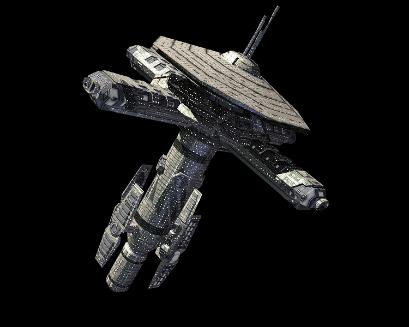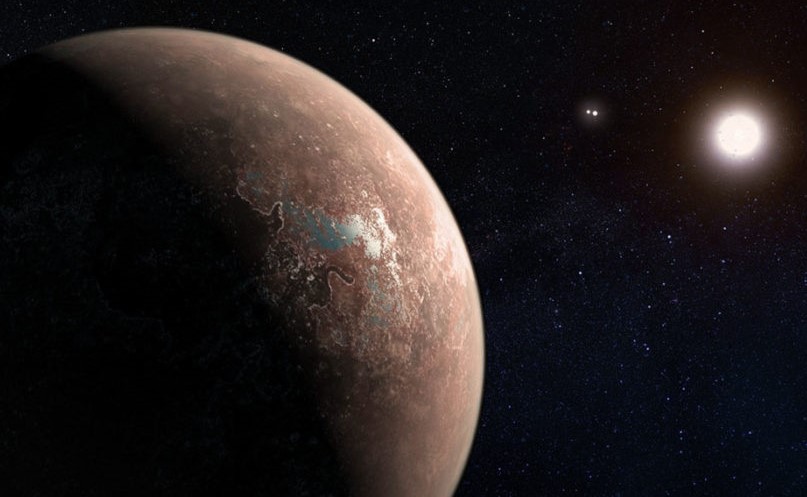
Alpha Centauri
M-Class
AQ, Alpha Centauri
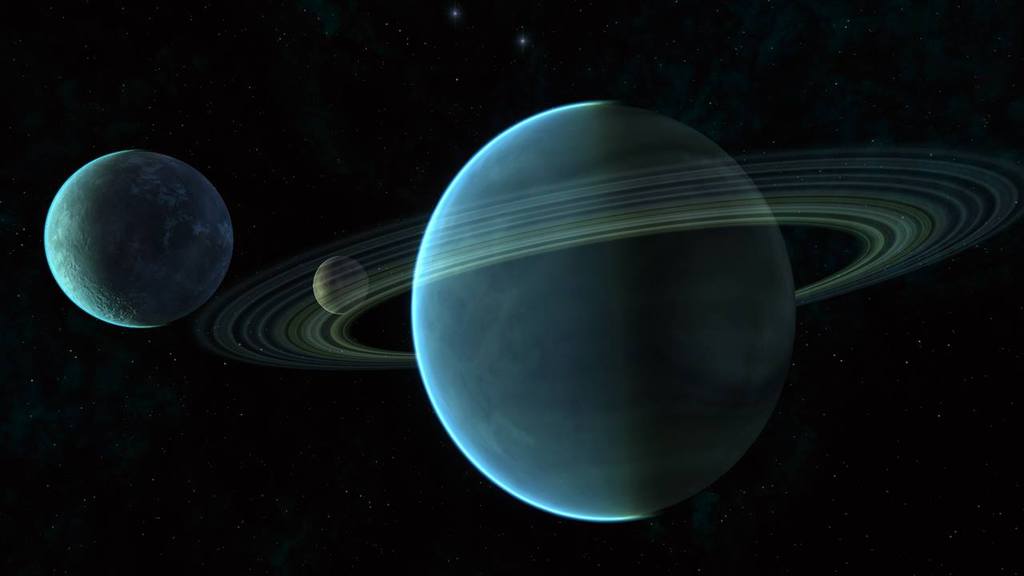
Andoria (Andor)
M-Class Moon
AQ, Andorian system
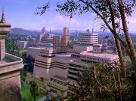
Angel 1
M-Class
AQ, Angelis system
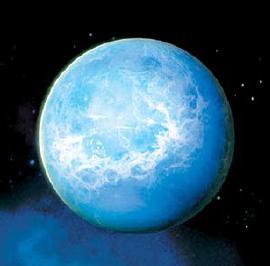
Antica
M-Class
AQ, Beta Renner system
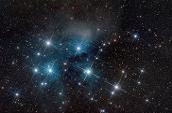
Argalis Cluster
Star Cluster
BQ, Neutral Territory
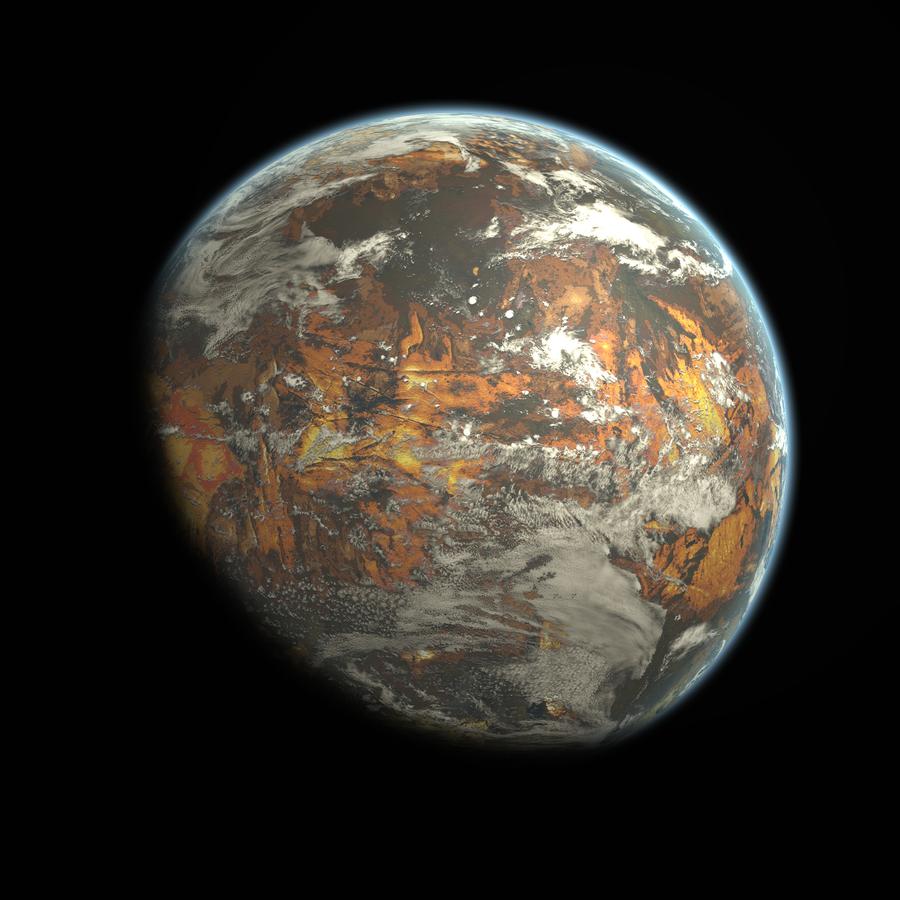
Armus IX
M-Class
AQ, Armus system
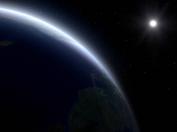
Bynaus
M-Class
AQ, Beta Magellan system
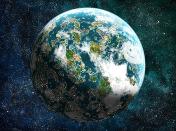
Dolbar
M-Class
AQ, Araness Delta system
Aditional planetary data
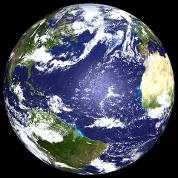
Earth
M-Class
AQ, Sol system
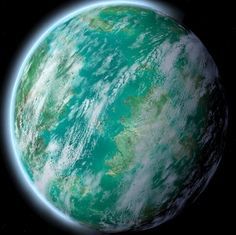
Elysia
M-Class
Dimension -004/+084/-002
Aditional planetary data
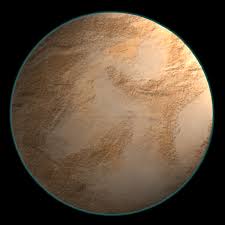
Epsilon 358
N-Class
AQ, Sagittarius Beta
Aditional planetary data
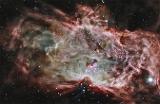
Gamma Erandi
Nebula / Star Cluster
AQ, near Betazed
Aditional planetary data

P8746
P-Class
BQ, Near unexplored edge
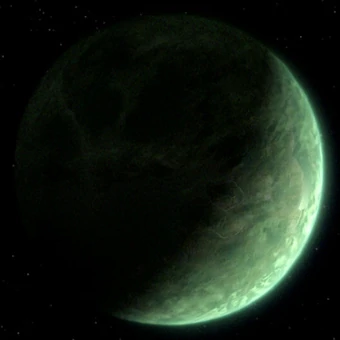
Selay
M-Class
AQ, Beta Renner system
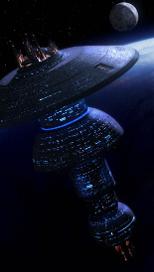
Starbase 74
Federation Starbase
AQ, in orbit of Tarsa III
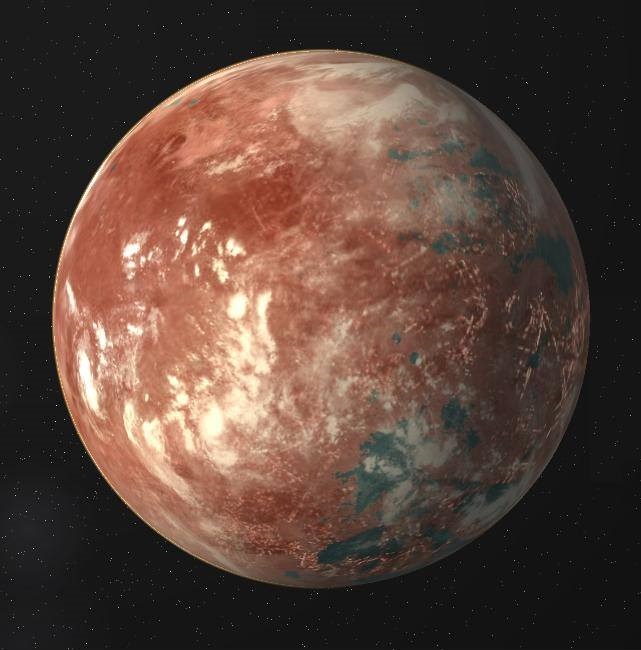
Vulcan
M-Class
AQ, 40 Eridani A
| Name | Type | System | Location | Specifications |
| DELPHI ARDU IV | M-Class | Delphi Ardu | Alpha Quad. | Last outposts of the T'Kon Empire |
| DOLBAR | M-Class | Ferengy space | Alpha Quad. | Major trading partner of the Ferengi |
| HAVEN | M-Class | Beta Cassius | Alpha Quad. | Renowned for its tranquil beauty and mystical healing powers |
| HENDAL | Station | Ferengy Space | Alpha Quad. |
Trade station with a harsh reputation |
| JDO-SHEN | P-Class | Romulan Space | Beta Quad. |
Location of a Reman training facility and detention center |
| MASQUE. DREAMS | Star-Liner | Risa | Alpha Quad. |
Luxury Risian star-liner |
| NOWHERE | Station | N/A | +000 +017 -002 |
Home of the Confederacy |
| OLTHAR PRIME | M-Class | Olthari | Alpha Quad. | Home planet of Oltharians |
| OMICRON THETA | M-Class | Omicron | Alpha Quad. | Former home of Dr. Noonien Soong, now a dead world |
| PI ALPHA III, Moon | J-Class | Pi Alpha | Alpha Quad. | Inhospitable moon used for training excersises by N.A. staff |
| RUBICUN III | M-Class | Rubicun | Alpha Quad. | Home of the Edo |
| TORONA IV | M-Class | Torona | Alpha Quad. | Home of the insectoid Jarada |
| VALLA ROYAL | Station | Orsanna |
Beta Quad. | Support station for the mining enterprise on ORSANNA IV |
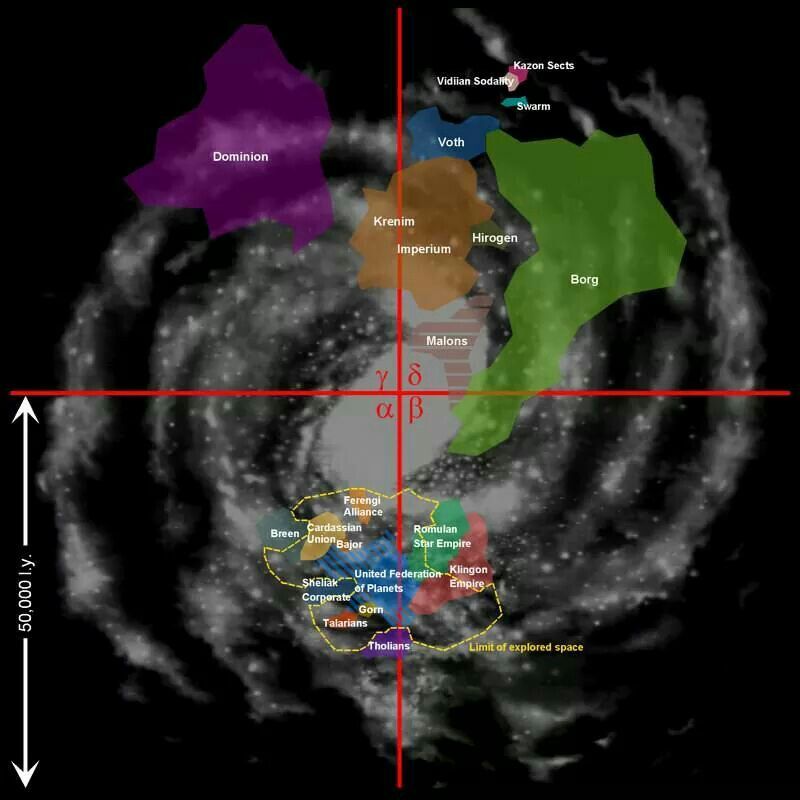
A lush and beautiful M-Class world found deep inside Ferengi controlled space, home of the Dolbargy, a race of powerful telepaths who have managed to keep their true appearance and abilities a secret from everyone else. The entire planetary system is surrounded by several sensor nets, each one designed to track the movement of ships as well as scan for life forms who would be able to see through their telepathic trickeries.
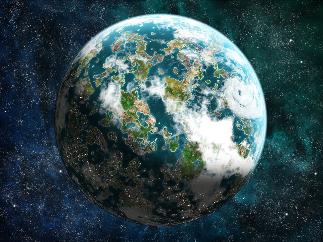
The USS BASTET discovered this planet after being stranded in the X: -004 / Y: 084 / Z: -002 dimension. The planet is a lushious paradise of green vegetation, teaming with animal life but no sign of intelligent life was discovered. It is suspected that the planet itself is alive, possessing a consciousness allowing it to control the weather, plants and animals alike which it used to help the stranded crew.

A N-Class desert planet with a breathable atmosphere located near the center of our galaxy where it was said that an amazing metropolis, the capital of an ancient race predating anything the Federation knows of, could be found there. The planet was discovered to be filled with a unique crystal substance that made the entire planet act as a computer which was used by the D'Arsay to link to the past.

At first glance the GAMMA ERADI Cluster appears as a normal globular star cluster counting over 200 aging stars. It is only once inside this region of space that the effect of the odd electromagnetic and gravitational fields which are constantly in flux can be detected. Due to the relatively close proximity of older, decaying stars and the high number of solar plasma discharges, the most effective sensors will be rendered nearly useless.
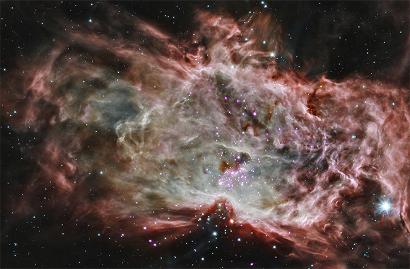
This cloaked and heavily armoured trade station is exceptionally difficult to reach being located inside an asteroid field which is completely surrounded by a gravitational anomaly. Attempting to reach the station without the specifically designed map will most certainly lead to the ship being destroyed. Once inside, travellers will have to deal with some of the toughest and meanest traders of the New Ferengi Alliance and beyond.
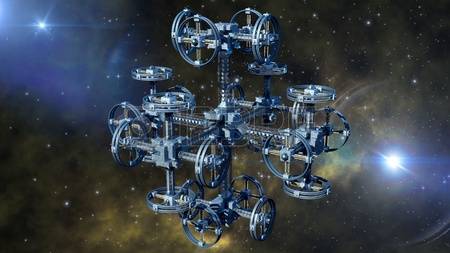
This frozen wasteland of a planetoid is the home of an underground Reman training and detention center. The frigid cold and severe weather offer the perfect environment for extreme survival training while making any escape that much more impossible. Located deep inside Romulan space, this world has been compared to the Klingon's RURA-PENTE and EARTH's Siberia.

Top of the line Risian Cruise Liner able to accommodate 1500 passengers. With a crew of 2200, 1000 of whom have for sole purpose to make the cruise as enjoyable as possible for the passengers, the MASQUERADE DREAMS is the next best place to be after RISA. A team of 250 engineers ensure the smooth functioning of the ship while the 50 command-level staff make sure that nothing goes wrong.
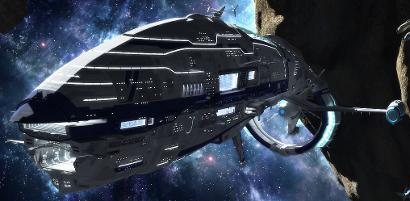
Home of Elan Talak Fairborn, the only Oltharian to have joined Starfleet. Ruled by a Council of Elders composed of seven individuals, three from the Religious Circle, three from the Scientific Circle, the High Elder is chosen by the other six to help bridge the gap between the two socially different sides.
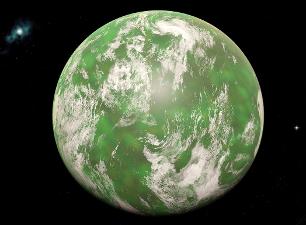
The only moon orbiting PI ALPHA III, this geo-unstable J-Class planetoid is used by members of the NEW ALEXANDRIA complex as a testing ground for ships and supporting crafts. Possessing a wide range of terrains, the moon's frequent quakes and eruptions make for a very challenging environment. The ash cloud filled, thin atmosphere of the moon provides a level of difficulty capable of testing the most seasoned of pilots.
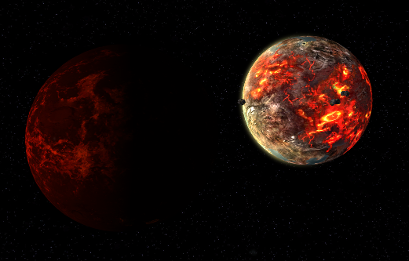
Located in Dimension X: 000 / Y: 017 / Z: -002, this space station does not officially exsist even though it is a well known place of business for some of the worst blackmarket dealers. Considered to be one of the most wretched hive of scum and villainy, no one openly acknowledges its exsistence for fear of reprisals. Located a dozen or so light-years from ORION, the station gained its name because many who have ventured there were never seen or heard of again.
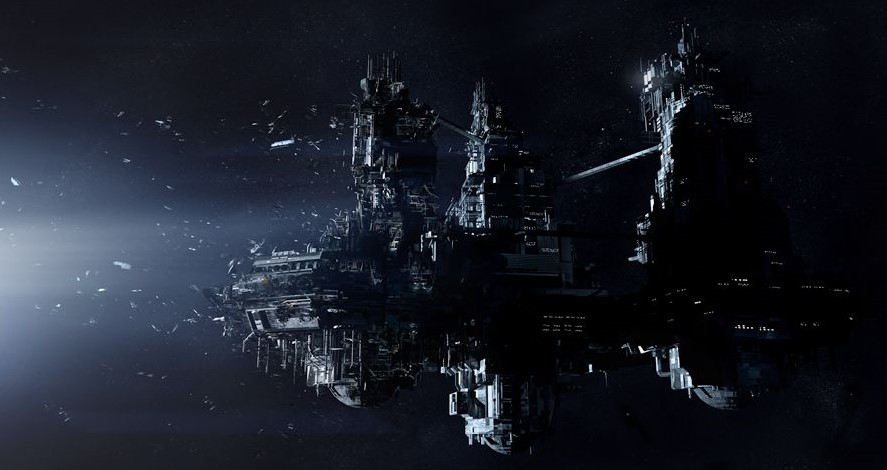
Massive space station in orbit of ORSANNA IV, an H-Class desolate mining planet in a neutral part of the Beta Quadrant. The planet's varied and plentiful mineral deposits have attracted prospectors from all across the galaxy despite the harsh and unforgiving climate that rages on the planet. The VALLA ROYAL was initially constructed as a refueling and support station but over time it became a place for the miners to spend their hard earned fortunes. Soon, the VALLA ROYAL became more popular than the planet it orbits, drawing every type of people to it, from high ranking diplomats to the lowest class of crooks imaginable.
